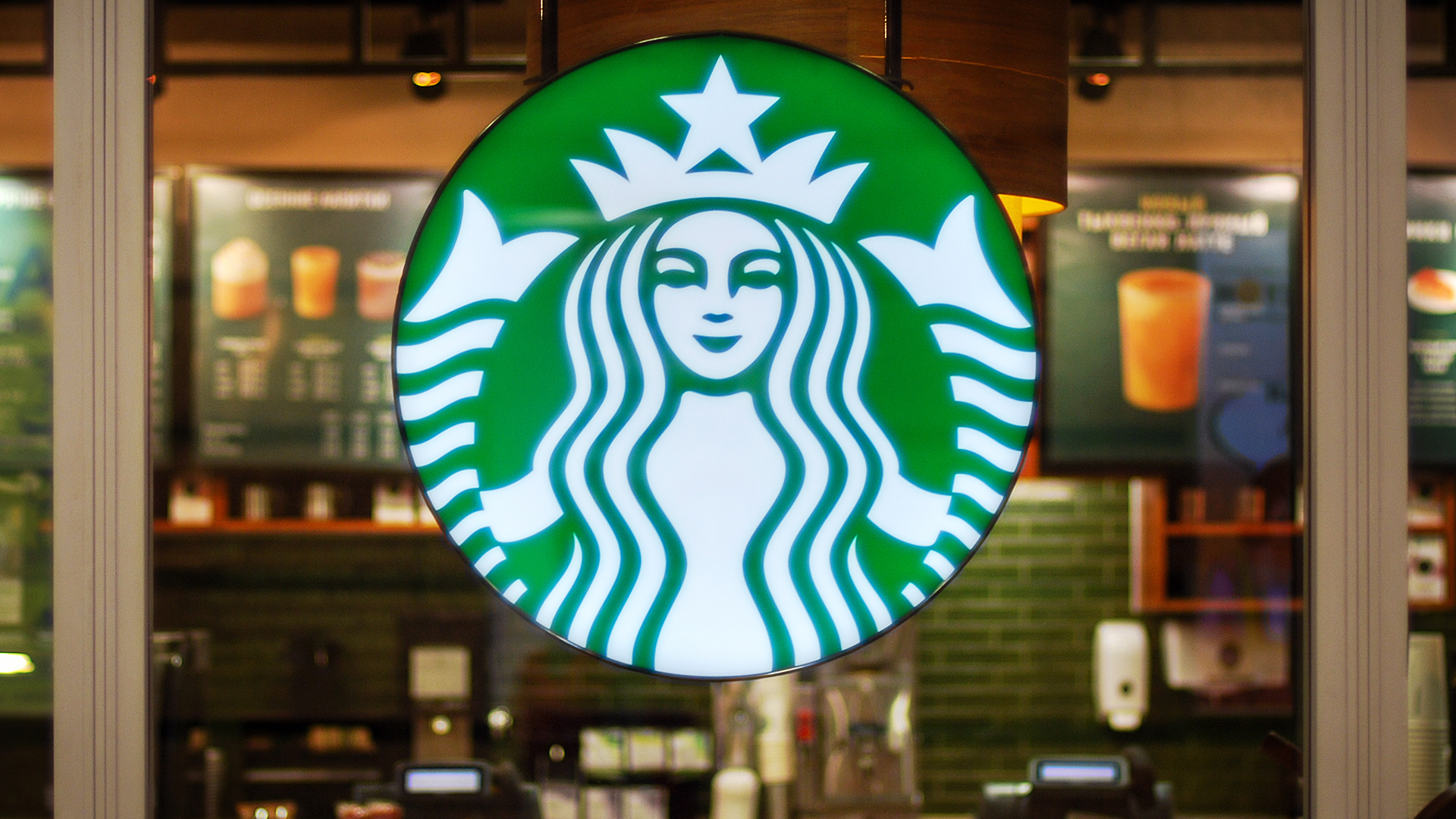Starbucks Partner Hours refers to its employees as “partners” rather than staff or associates. This terminology reflects the company’s mission to foster a sense of shared ownership and investment among its workforce. Partner hours at Starbucks are the scheduled work hours for these employees.
While most companies simply have employee hours, Starbucks’ partner hours encompass the total time that a partner is scheduled to work. This includes their shifts behind the counter or in other operational roles. Partner hours are more than just clocked time – they represent an integral part of the Starbucks work culture and experience.
By using the term “partner hours”, Starbucks aims to reinforce the concept that its employees are valued partners in the company’s success. It’s a psychological and cultural shift from simply viewing staff as hired labor. This philosophy extends to how Starbucks Partner Hours approaches scheduling, benefits, and other work policies for partners.
Standard Partner Hours at Starbucks
Starbucks classifies employees as “partners” and offers both full-time and part-time positions. Full-time partners typically work between 30-40 hours per week, while part-time partners work less than 30 hours. The standard shift length is around 4-8 hours, depending on the role and store’s needs.
For baristas and customer service roles, common shift lengths are 4-6 hours to accommodate peak morning, afternoon, and evening rushes. Shift supervisors and managers often work longer shifts of 6-8 hours to provide leadership during busier periods.
Some positions like district managers may work more conventional 8-hour days, while others like roasters could have extended shifts of 8-12 hours due to production schedules. There is flexibility for partners to work additional hours based on availability.
The specific number of hours can vary based on factors like the partner’s role, the store’s staffing needs, seasonal demands, and local labor laws. However, Starbucks aims to offer stable and consistent schedules that allow partners to maintain a good work-life balance while meeting customer needs.
Scheduling and Shifts
Starbucks stores generally operate from early morning until late evening, with shifts scheduled accordingly. Typical shifts can range from 4-8 hours, starting as early as 4:30 AM for opening shifts and ending as late as midnight for closing shifts.
The scheduling process varies by location but typically involves a weekly or bi-weekly schedule created by a manager or shift supervisor. They aim to ensure sufficient staffing levels during peak hours while balancing partner availability and preferences. Partners may have the opportunity to provide their scheduling constraints or desired hours.
Once published, the schedule is typically posted digitally or in the back room area. Partners are responsible for checking their assigned shifts and making any necessary arrangements for transportation or other commitments.
In case of conflicts or emergencies, Starbucks has established procedures for partners to request shift swaps or coverage. This often involves finding another partner willing to trade shifts and obtaining manager approval. Calling out sick or being a no-show is generally discouraged unless absolutely necessary.
Starbucks aims to maintain a degree of flexibility while ensuring consistent staffing. Managers may adjust schedules week-to-week based on projected customer traffic, special events, or partner availability. Clear communication between partners and leadership is crucial for smooth scheduling and shift operations.
Overtime and Additional Hours
Starbucks’ policy on overtime pay aligns with federal labor laws. Partners who work over 40 hours in a single workweek are entitled to receive overtime pay at a rate of 1.5 times their regular hourly rate for any hours exceeding 40. Overtime must be approved in advance by a manager.
Partners looking to pick up extra shifts can use the Teamworks app or communicate directly with their manager about available shifts that need coverage. There are often opportunities for partners to pick up additional hours, especially during busy seasons like the holidays.
However, Starbucks does set some limits on weekly hours. Full-time partners are capped at 40 scheduled hours per week to control labor costs. Part-time partners typically work between 25-35 hours. All partners are limited to no more than 60 actual worked hours in a single workweek, including overtime, to comply with labor laws and prevent overworking.
Part-time vs Full-time Status at Starbucks
At Starbucks, partners are classified as either part-time or full-time based on their average weekly hours worked. Full-time partners typically work 30-40 hours per week, while part-time partners work less than 30 hours per week on average.
The key differences between part-time and full-time status at Starbucks include:
Definition of Full-time: Partners who work an average of 30 hours or more per week over a specific period (usually measured quarterly) are considered full-time employees. This qualifies them for additional benefits beyond those offered to part-time partners.
Definition of Part-time: Partners who work less than 30 hours per week on average are classified as part-time employees. While they receive some benefits, the package is more limited compared to full-time partners.
Benefits Differences: Full-time partners are eligible for a more comprehensive benefits package, including medical, dental, vision, and other insurance options, as well as participation in the company’s retirement plans. Part-time partners may qualify for certain benefits, but the coverage and employer contributions are typically less generous.
Process for Changing Status: Partners can request a change in their employment status from part-time to full-time or vice versa. This process typically involves discussing their desired schedule with their store manager and submitting a formal request. Approval may depend on business needs, performance, and availability of desired schedules.
It’s important for partners to understand the implications of their employment status on benefits, scheduling, and career growth opportunities within the company. Starbucks aims to provide a supportive work environment for both part-time and full-time partners while recognizing the different needs and commitments of each group.
Benefits affected by hours
Starbucks offers a range of benefits to its partners (employees), and eligibility for many of these benefits is determined by the number of hours worked. Here’s how hours affect key benefits:
Health Insurance: Partners must work a minimum of 20 hours per week to qualify for health insurance coverage through Starbucks. Those working fewer hours are not eligible for the company’s health insurance plans.
Paid Time Off: The amount of paid time off (vacation, sick days, etc.) a partner accrues is directly tied to the number of hours worked. Partners working more hours accrue paid time off at a faster rate compared to those working fewer hours.
Stock Options: Starbucks offers stock options and other equity rewards to eligible partners. To qualify, partners must work a minimum number of hours per week, typically around 20-25 hours. Part-time partners working fewer hours may not be eligible for these stock benefits.
In general, partners working 20 hours or more per week are considered “core” employees and qualify for most Starbucks benefits. Those working fewer than 20 hours are still eligible for some benefits like partner discounts and 401(k) contributions, but may not qualify for more comprehensive benefits like health insurance and paid time off.
Flexibility and Work-Life Balance
Starbucks aims to provide flexibility and support work-life balance for its partners (employees). The company recognizes that partners have diverse needs and responsibilities outside of work, such as pursuing education, caring for family members, or managing personal commitments.
To accommodate these needs, Starbucks offers several options for partners to adjust their schedules and hours:
-
Reduced Hours: Partners can request to work fewer hours per week, either temporarily or permanently, based on their circumstances. This can be particularly helpful for partners who are students, new parents, or caregivers.
-
Shift Swapping: Starbucks allows partners to trade shifts with one another, enabling them to manage their schedules more effectively. This can help partners accommodate appointments, classes, or other obligations.
-
Flexible Scheduling: Starbucks strives to create schedules that align with partners’ availability and preferences. Managers work with partners to accommodate their needs, such as avoiding early morning or late-night shifts for those with family responsibilities.
-
Job Sharing: In some locations, Starbucks offers job-sharing arrangements, where two partners share the responsibilities and hours of a single position. This can be an attractive option for those seeking part-time work or a better work-life balance.
Starbucks recognizes that supporting its partners’ well-being and personal lives can lead to increased job satisfaction, productivity, and retention. By offering flexible scheduling options and prioritizing work-life balance, the company aims to create a supportive and inclusive work environment for its diverse workforce.
COVID-19 Impact on Partner Hours
The COVID-19 pandemic significantly impacted Starbucks’ operations and partner hours. As the crisis unfolded in early 2020, Starbucks had to temporarily close many locations to comply with lockdown measures aimed at curbing the virus’s spread. This led to reduced operating hours and staffing needs at stores that remained open.
To ensure the safety of partners and customers, Starbucks implemented strict safety protocols. These included mandating face coverings, enhancing cleaning and sanitization procedures, and enforcing social distancing guidelines. Partners were trained on these new protocols, and their work routines were adjusted accordingly.
For partners who continued working during the pandemic, Starbucks offered several options to accommodate their needs. Those with underlying health conditions or other risk factors could choose to take a COVID-19 leave of absence while still receiving pay and benefits. Partners could also modify their availability or switch to a temporary part-time schedule if they had caregiving responsibilities or other personal circumstances.
As the pandemic situation evolved, Starbucks adjusted its operational strategies, including partner hours and staffing levels, to align with changing customer demand and safety guidelines. The company prioritized the well-being of its partners while striving to provide a safe and convenient experience for customers.
Future of Partner Hours
The future of partner hours at Starbucks is likely to involve several changes and trends as the company adapts to evolving workforce needs, technological advancements, and the post-pandemic landscape. One anticipated change is a shift toward more flexible scheduling options, allowing partners to have greater control over their work hours and better work-life balance. This could include the ability to swap shifts more easily, request specific schedules, or even work remotely for certain roles.
Another trend that may shape the future of partner hours is the increased use of scheduling apps and workforce management software. These tools can optimize schedules based on factors like customer traffic patterns, labor forecasts, and partner availability, potentially leading to more efficient scheduling and reduced labor costs for Starbucks.
To address ongoing labor shortages in the service industry, Starbucks may explore strategies such as offering more competitive wages, incentives, or benefits to attract and retain partners. Additionally, the company may leverage technology and automation to streamline certain tasks, potentially reducing the need for as many labor hours in some areas.
Overall, the future of partner hours at Starbucks is likely to involve a combination of technology-driven solutions, flexible scheduling options, and efforts to enhance the overall partner experience, all while balancing operational needs and cost considerations.
Tips for Partners on Hours
As a new Starbucks partner, it’s important to understand your rights and responsibilities regarding work hours. First and foremost, be proactive in communicating your availability and preferences to your manager. Don’t be afraid to speak up if you need more or fewer hours to accommodate your personal life.
If you’re looking to maximize your hours, demonstrate your reliability and willingness to pick up shifts. Volunteer for holidays, weekends, and other high-demand periods. However, know your limits and don’t overcommit to the point of burnout.
Familiarize yourself with Starbucks’ policies on scheduling, overtime, and breaks. Understand the differences between part-time and full-time status, as well as how your hours affect your benefits eligibility. Don’t hesitate to ask your manager or consult company resources if you have questions.
Remember, your mental and physical well-being should be a priority. If you’re struggling with your work-life balance or facing excessive demands, reach out to your manager or HR representative. Starbucks values its partners and should work with you to find a reasonable solution.

